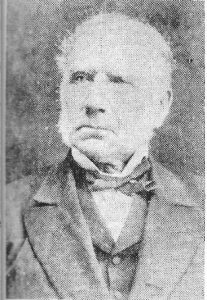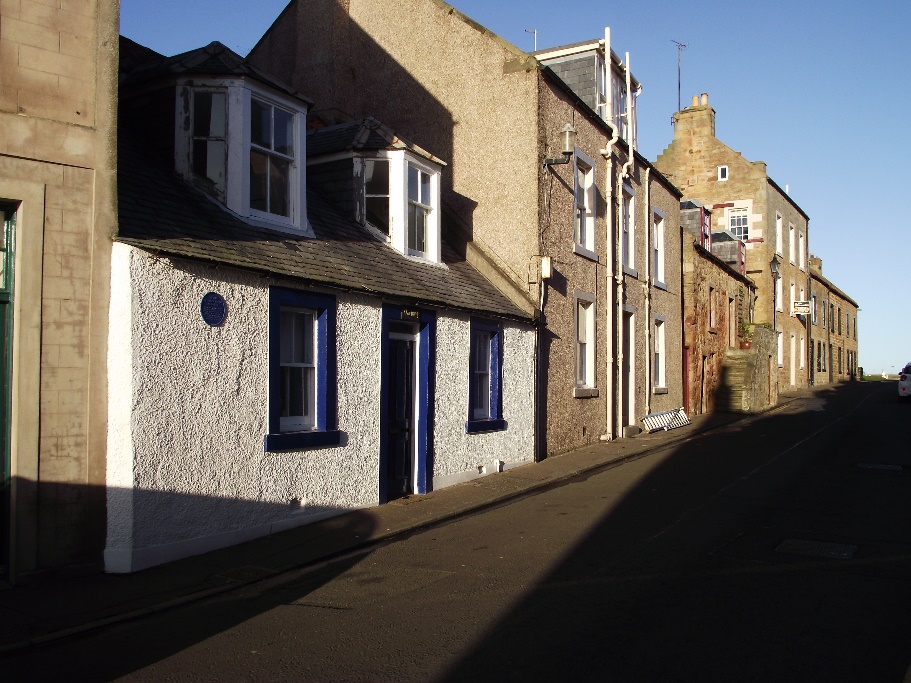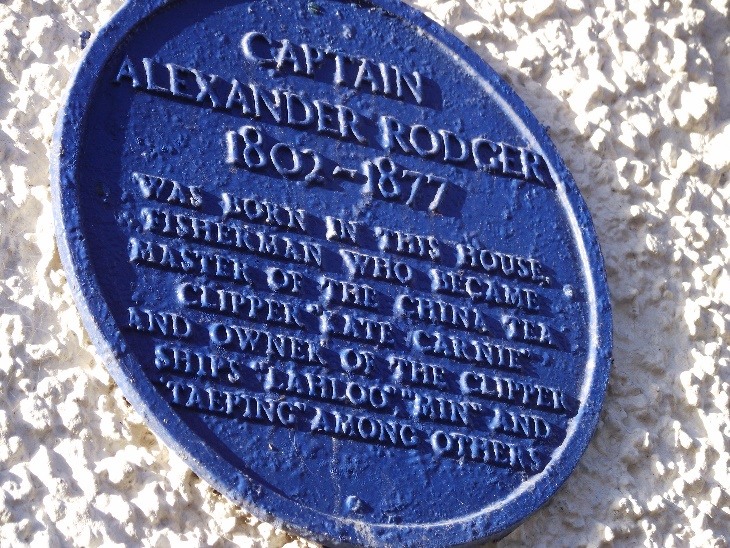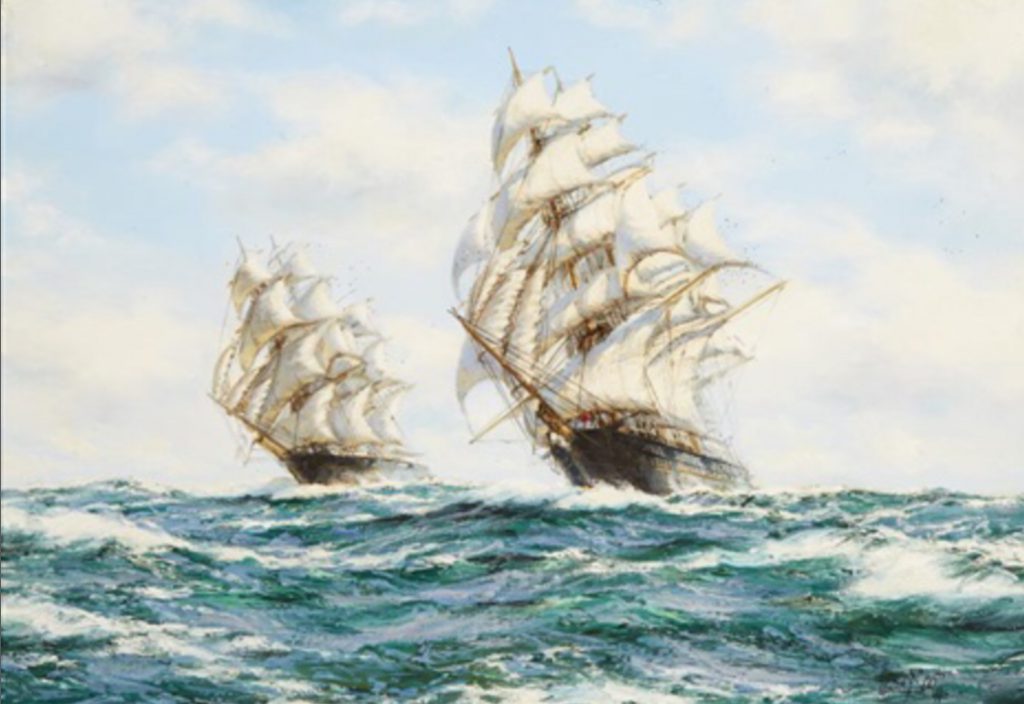Captain Alex Rodger
Early Life
Alexander Rodger, sea captain and shipowner, was born into a fishing family in November 1801 at 26 Shore Street, Cellardyke, now known as Taeping (Cottage). He lived most of the first two decades of his life in Cellardyke and was educated at the East Forth Street School. During this time, through working in the fishing industry and through studying navigation, he developed his seamanship.
At the age of 19 he joined the merchant service as a sailor on board a collier and by the age of 22, he was in command of a brig in which he made many successful trading voyages to the Mediterranean. Later, he became captain of the first larger ship to sail from Glasgow to Australia. On one voyage, when a sunken reef in the Indian Ocean nearly brought the life of his boat to an end, once he had ensured the safety of both boat and crew, lowered a boat, made the most careful soundings and bearings of the reef and on his return home, reported the results to the Admiralty. ‘Rodger’s Rock’ was thereafter recorded on the chart.
Australian Gold Rush
In later life, after years of hard service, Captain Rodger was forced by ill-health to retire from the sea. It was about this time that the first news of the Australian gold fields reached this country. He immediately planned an expedition to the gold fields, which he led himself, with a company consisting of sixteen young fishermen from Cellardyke, five of whom were his own nephews. After spending six months with the expedition, the success of which can be gathered from the fact that the £1,200 advanced towards the expedition was repaid and each member had about £200 over, he returned home.
Clipper Enterprise
He then began another speculative enterprise. He had long been convinced that fast clipper ships had great advantages in the China tea trade and by 1855 he was part owner of the Kate Carnie. This was the first clipper ship built by Steele & Co. Next came the Ellen Rodger, named after his wife, with Captain John Keay of Anstruther as her master. Then came Min with Captain John Smith, Anstruther, and in 1863 his most famous clipper Taeping, ‘among the most beautiful and yacht-like merchantmen that ever sailed the seas’ which in 1866 won the most exciting tea race of them all.
The Great Tea Race of 1866
Taeping with its Captain, Donald McKinnon, drew less water than Ariel and although the Ariel arrived outside East India Dock ahead of the Taeping, the latter was able to enter her dock twenty minutes before her rival! Such a close and exciting finish had never been seen before -in an ocean race. Local interest in the race had been intense, of course as Ariel was captained by Captain Keay and included Anster men in her crew while Taeping was owned by Captain Rodger of Cellardyke and her crew included Dykers.
Taeping divided her winnings of 10 shillings per ton with the crew of the Ariel and Captain MacKinnon divided the captain’s £100 with Captain Keay.
Benefactor
When the Lahloo and the Taeping were both lost in the East in 1872, Captain Rodger sold the Min. He bought a field at the east end of Cellardyke (now known as the Toon’s Green) for the use of the community and had rocks cleared from the harbour entrance and each winter he gave £20 for the poor of the burgh.
For many years he was an examiner for marine certificates and served on the board of Clyde Lighthouses. He died on June 6th, 1877 at Newton Place, Glasgow, after a short illness in his 76th year. Rodger Street, Cellardyke, was named after him and Taeping Close, Cellardyke was named after his most famous boat.




